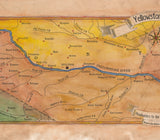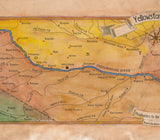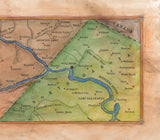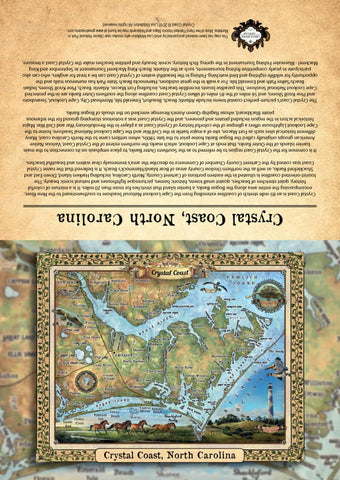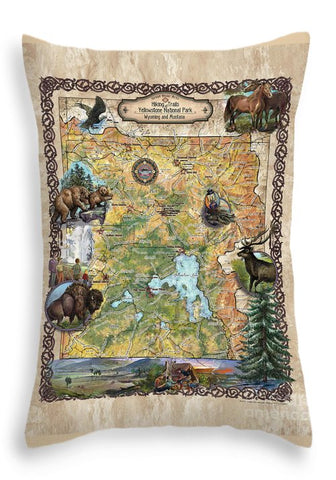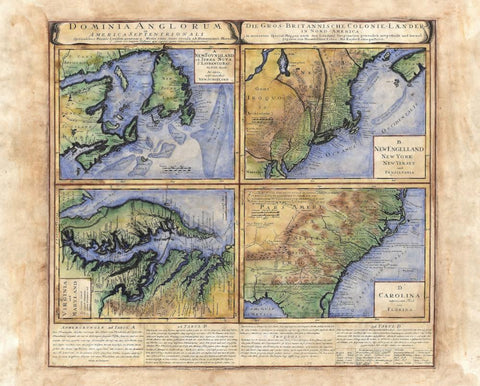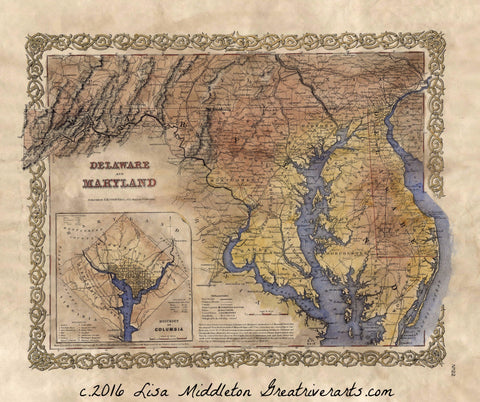228 Yellowstone River, Headwaters to the Missouri River
Yellowstone River
Beginning on the slopes of Yount Peak in the Absaroka Range of Wyoming, Yellowstone River meanders downstream some 670 miles into the Missouri and then, eventually, into the Atlantic Ocean at the Gulf of Mexico. The river runs out of the Yellowstone National Park, flowing through Montana, heading eastward into North Dakota, where it eventually joins the Missouri River. The natural flowing, undammed, and untamed Yellowstone, travels a course that cuts through steep-walled canyons, fertile farm country, and flows in and out of lakes, crashing over falls, and meeting tributaries. The only river in the lower 48 states that has remained a free flowing gem, the clear, cool, swift waters of the Yellowstone packs beauty, challenges, and is a vital resource in the region.
Before the arrival of Europeans on the Yellowstone in 1806, Native Americans knew the river as Elk River for the longest while. Exploration of the region began with the Lewis and Clark Expedition; upon returning from the Pacific Northwest, Lieutenant William Clark led a group down the Yellowstone River. John Colter is recorded as the first European to explore the Yellowstone region and the river. He and fur trader Manuel Lisa established the first trading post in 1807 at Bighorn River. In the 1800s, fur trapper Jim Bridger and fur trader Jed Smith also explored the waters of the Yellowstone by riverboat. In the mid-1800s, the Yellowstone River region also witnessed the conflict between the U.S. government and Native Americans. In 2011 and 2015, Yellowstone River was contaminated by oil spill, but cleanup effort, environmental measures, and the resiliency of the river keeps the beauty alive.
That beauty is evident in the Lehardy Rapids located three miles north of Fishing Bridge. Some contends that this is the area where the lake stops and the river continues flowing north. The rapids were named in honor of Paul Lehardy, a civilian topographer with the Jones Expedition in 1873. Jones and a partner attempted to survey the river on a raft which capsized upon hitting the rapids, losing valuable resources, but no loss of life was sustained. In 1984, a boardwalk was constructed, making the rapids a popular attraction.
Fishing and floating are also a feature attraction on the Yellowstone River. Trout fishing exists on the Yellowstone River for some 300 miles, providing ample fishing ground for anglers. There is an abundant number of trout in the upper region of the Yellowstone including cutthroat trout, rainbow trout, large whitefish and brown trout, while large walleye, catfish and sturgeon inhabit the lower region which turns primarily into a warm water fishery. While floating is not allowed in Yellowstone National Park, below Livingston where the river flows through beautiful prairies, pressure falls and the river is easily floated. This natural beauty is a treasure!
"Due to the unique nature of our maps all sizes are approximate. Please do not purchase a frame until you receive the map and measure it. Please allow up to 4 weeks for delivery of our large limited edition giclees"
We Also Recommend




